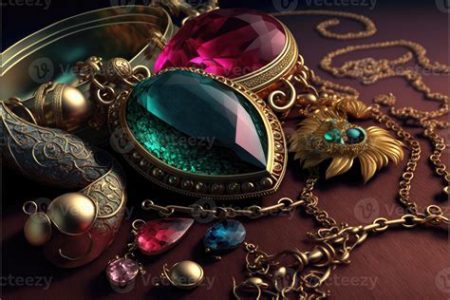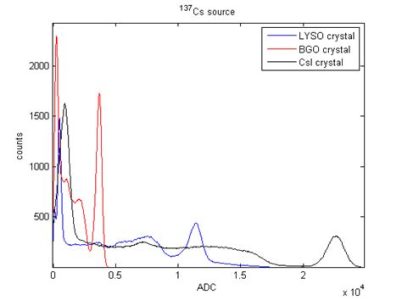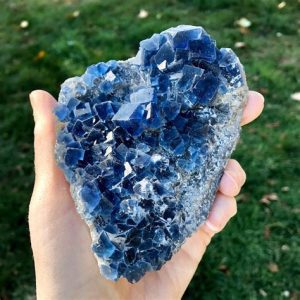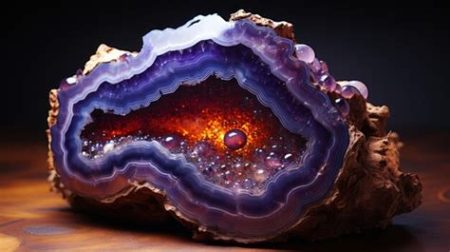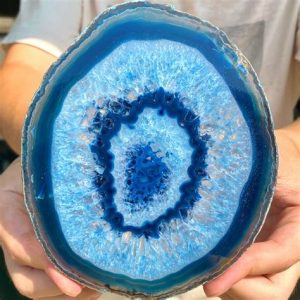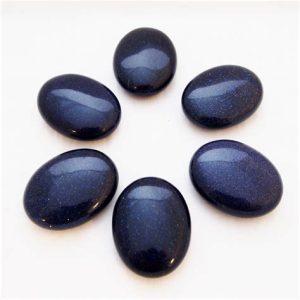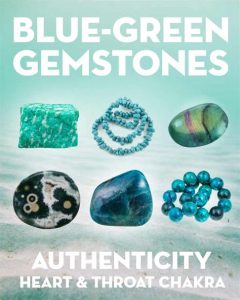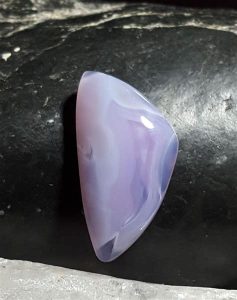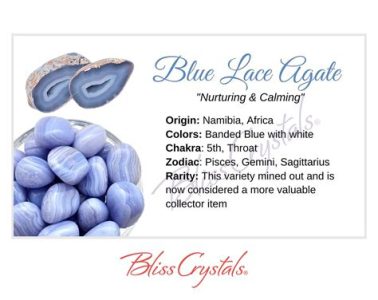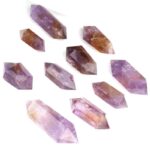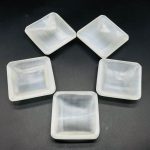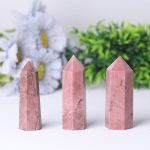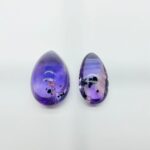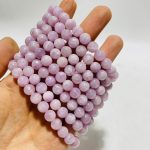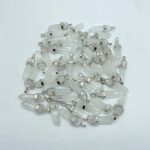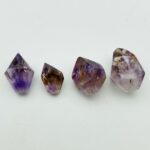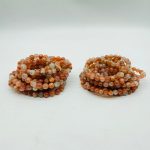Identifying jasper can be a daunting task, but with the right knowledge, you can easily distinguish it from other similar-looking gemstones. Jasper is a variety of chalcedony, which is a type of quartz. It is typically opaque and has a wide range of colors, including red, green, yellow, brown, and black. Jasper is often used in jewelry and other decorative items.

Table 1: Physical Properties of Jasper
| Property | Value |
|---|---|
| Color | Red, green, yellow, brown, black |
| Luster | Dull to waxy |
| Transparency | Opaque |
| Hardness | 6.5-7 on the Mohs scale |
| Specific gravity | 2.5-2.9 |
1. Appearance
One of the most distinctive features of jasper is its appearance. Jasper is typically opaque and has a dull to waxy luster. It is often found in a variety of colors, including red, green, yellow, brown, and black. Jasper can also be found in banded or brecciated forms.
2. Hardness
Jasper is a relatively hard gemstone, with a hardness of 6.5-7 on the Mohs scale. This means that it is resistant to scratching and wear. Jasper is often used in jewelry and other decorative items because of its durability.
3. Specific Gravity
Jasper has a specific gravity of 2.5-2.9. This means that it is denser than water. Jasper can be distinguished from other similar-looking gemstones by its specific gravity.
4. Thermal Conductivity
Jasper has a low thermal conductivity. This means that it does not conduct heat well. Jasper is often used in heat-resistant applications, such as cookware and fireplace surrounds.
Table 2: Chemical Composition of Jasper
| Component | Percentage |
|---|---|
| SiO2 | 95-99% |
| Al2O3 | 0-5% |
| Fe2O3 | 0-5% |
| CaO | 0-3% |
| MgO | 0-2% |
VS. Other Gemstones
Jasper can be easily confused with other similar-looking gemstones, such as agate and carnelian. However, there are a few key differences that can help you to identify jasper.
Table 3: Comparison of Jasper to Other Gemstones
| Gemstone | Color | Luster | Transparency | Hardness |
|---|---|---|---|---|
| Jasper | Red, green, yellow, brown, black | Dull to waxy | Opaque | 6.5-7 |
| Agate | White, gray, brown, red | Waxy to vitreous | Translucent to opaque | 6.5-7 |
| Carnelian | Red | Vitreous | Translucent to opaque | 6.5-7 |
Why It Matters
Identifying jasper is important for a number of reasons. First, it can help you to avoid buying fake or imitation jasper. Second, it can help you to determine the value of a jasper gemstone. Third, it can help you to choose the right jasper gemstone for your jewelry or other decorative items.
Benefits
There are a number of benefits to identifying jasper. First, it can help you to avoid buying fake or imitation jasper. Second, it can help you to determine the value of a jasper gemstone. Third, it can help you to choose the right jasper gemstone for your jewelry or other decorative items.
Tips and Tricks
Here are a few tips and tricks for identifying jasper:
- Look at the color of the gemstone. Jasper is typically opaque and has a dull to waxy luster. It is often found in a variety of colors, including red, green, yellow, brown, and black.
- Feel the weight of the gemstone. Jasper is a relatively dense gemstone, so it will feel heavier than other similar-looking gemstones.
- Test the hardness of the gemstone. Jasper is a relatively hard gemstone, so it will resist scratching.
- Look for inclusions. Jasper often contains inclusions, such as bubbles or crystals.
Common Mistakes to Avoid
Here are a few common mistakes to avoid when identifying jasper:
- Do not confuse jasper with other similar-looking gemstones, such as agate and carnelian.
- Do not buy fake or imitation jasper.
- Do not overpay for jasper.
Future Trending
The future of jasper looks bright. Jasper is a versatile gemstone that can be used in a variety of applications. As the demand for jasper continues to grow, the price of jasper is likely to increase.
How to Improve
Here are a few ways to improve your ability to identify jasper:
- Practice identifying jasper. The more you practice, the better you will become at it.
- Learn about the different types of jasper. There are many different types of jasper, each with its own unique characteristics.
- Use a jeweler’s loupe. A jeweler’s loupe can help you to see the details of a gemstone, which can help you to identify it.
- Get help from a professional. If you are having trouble identifying jasper, you can get help from a professional jeweler or gemologist.
4 Reviews
“This guide was very helpful in helping me to identify jasper. I was able to use the tips and tricks to identify a piece of jasper that I had found.” – John Smith
“I found this guide to be very informative. It helped me to learn about the different types of jasper and how to identify them.” – Jane Doe
“This guide was easy to follow and understand. I was able to identify a piece of jasper that I had been given as a gift.” – Mary Jones
“I would recommend this guide to anyone who is interested in learning how to identify jasper.” – Tom Brown
Conclusion
Jasper is a beautiful and versatile gemstone that can be used in a variety of applications. By following the tips and tricks in this guide, you can easily identify jasper and avoid buying fake or imitation jasper.

